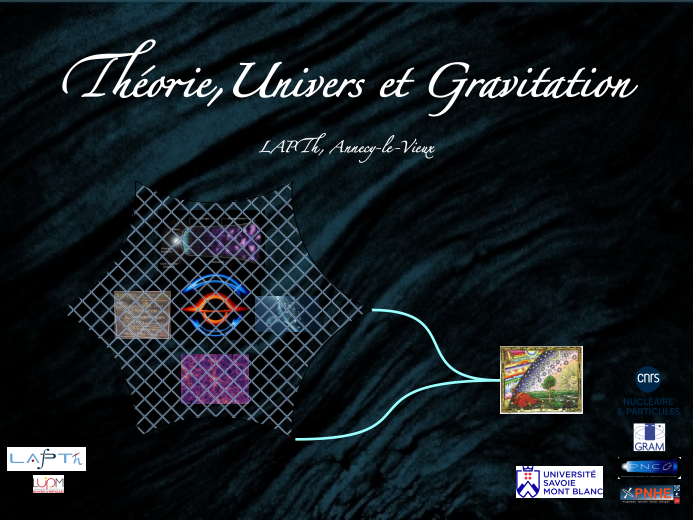Orateur
Description
Quantum field theory (QFT) in curved spacetimes predicts the amplification of field excitations and the occurrence of classical and quantum correlations, as in the Hawking effect for example. This raises the interest for experiments in which the curvature of spacetime can be controlled and correlations measured. Such analogue simulations are typically done with fluids accelerating from sub- to supersonic speeds: acoustic excitations are dragged by the supersonic flow, effectively trapped inside an acoustic horizon. Quantum fluctuations of the acoustic field are predicted to yield entangled emission across the horizon, as in black holes.
Here we introduce such a QFT simulator in a one-dimensional polaritonic fluid of light. We demonstrate the unique tunability of our system by engineering smooth and steep horizons, which respectively have quasi-thermal, but weak, and strong Hawking radiation. We exploit the driven-dissipative nature of polaritons with a recently developed coherent probe spectroscopy method to measure the spectrum on either side of the horizon and evidence the excitation of negative energy waves for the first time. Notably, we explicitly show that, beyond phononic excitations as in other systems, our simulator also supports excitations with a massive, relativistic dispersion. This benchmarks and thereby establishes a QFT simulator of a new class.
In the future, quantum optics techniques offer the possibility to measure entanglement in unexplored regimes, giving insight in this outstanding prediction of relativistic QFT.

